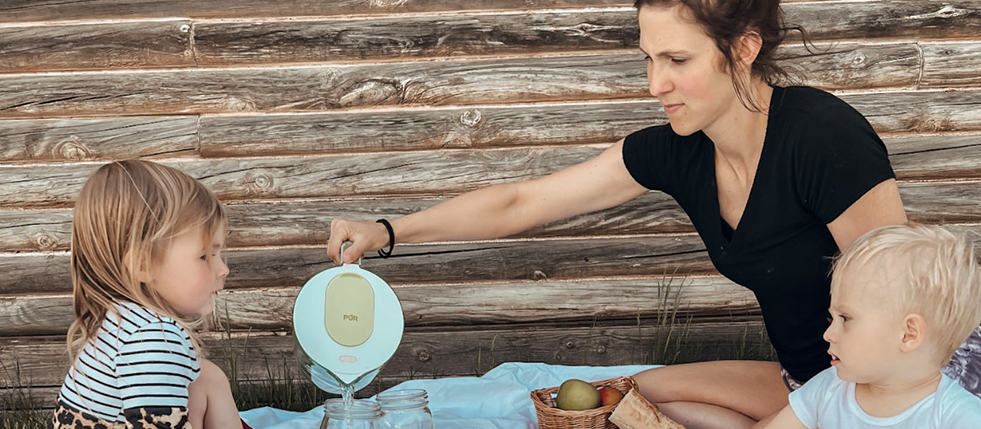Is filtered water cleaner and better tasting than tap water? Here’s a go-to guide for making the most of your H2O. We...


Is filtered water cleaner and better tasting than tap water? Here’s a go-to guide for making the most of your H2O. We...

There's no doubt water has universal importance. But, just as water is a precious ingredient to our landscape and...

Of all the things you put in your child's lunch box or backpack, don't forget what may be one of the most important...

WHY FILTER? America’s water infrastructure is aging. Your water can become contaminated at any point during its...

It’s sort of like The Incredible Journey, only instead of cats and dogs, it’s starring ... water! Here’s the deal....

Eight glasses of water a day - that's what we're all supposed to be drinking every day, right? For some folks, this is...

Want an easy way to look and feel better? Try drinking more water. I'm not going to make any unrealistic promises...

Trust PUR Replacement Filters, Because Not All Filters Are The Same There are few things more enticing on a hot day...

We often say that expectant mothers are “eating for two.” But if you are breastfeeding your baby, you’ll be eating – and drinking – for two until your baby is weaned!
It’s important to get extra fluids when you’re breastfeeding. Although breast milk is packed with nutrients and factors that help your baby build a strong immune system, it is still 90% water. If your baby consumes 28-32 ounces of breast milk a day, you’ll need to take in an additional quart of water to replace those lost fluids.
Contrary to conventional wisdom, the amount of water you drink won’t significantly affect your milk supply. That’s because the body prioritizes the production of breast milk over other functions. Although drinking more fluids won’t help you produce more milk, it will keep you from becoming dehydrated – which is just as important. Symptoms of dehydration can include headache, fatigue, and constipation. Most nursing moms should aim to drink a total of 2.5 to 3 quarts of water a day.
The quality of the water you drink is just as important as the quantity. Tap water in the United States must meet minimum federal standards set by the Safe Drinking Water Act, but it may still contain trace amounts of heavy metals (such as lead and mercury), industrial and agricultural chemicals, and pharmaceutical residues. Even so, most contaminants enter your water supply after municipal treatment – through corroding pipes and faucets that can leach epoxy residues and heavy metals such as lead and cadmium into your drinking water. But wherever you live, a good quality water filter offers big peace of mind for a small investment. A faucet-mounted water filter is super convenient and removes more contaminants than a filter water pitcher. (It’ll also remove chlorine and other unpleasant odors or flavors that may make your water unpalatable.) And don’t forget to filter the water you use in coffee, tea, soup, oatmeal, and other foods!
This post was created as part of my collaboration with PUR. As always, all of the opinions, thoughts, and ideas in this post are my own. I am solely responsible for the content.
References:
Beamer PI, Luik CE, et al. Concentration of trichloroethylene in breast milk and household water from Nogales, Arizona. Environ Sci Technol. 2012 Aug 21;46(16):9055-61.
Cardoso OO, Julião FC, et al. Concentration profiles of metals in breast milk, drinking water, and soil: relationship between matrices. Biol Trace Elem Res. 2014 Jul;160(1):116-22.
Natural Resources Defense Council. Healthy Milk, Healthy Baby: Chemical Pollution and Mother’s Milk. Available:
http://www.nrdc.org/breastmilk/
Ndikom CM, Fawole B, Ilesanmi RE. Extra fluids for breastfeeding mothers for increasing milk production. Cochrane Database Syst Rev. 2014 Jun 11;6
Landrigan PJ, Sonawane B, et al. Chemical Contaminants in Breast Milk and Their Impacts on Children’s Health: An Overview. Environ Health Perspect 2002 May 110:A313-A315.